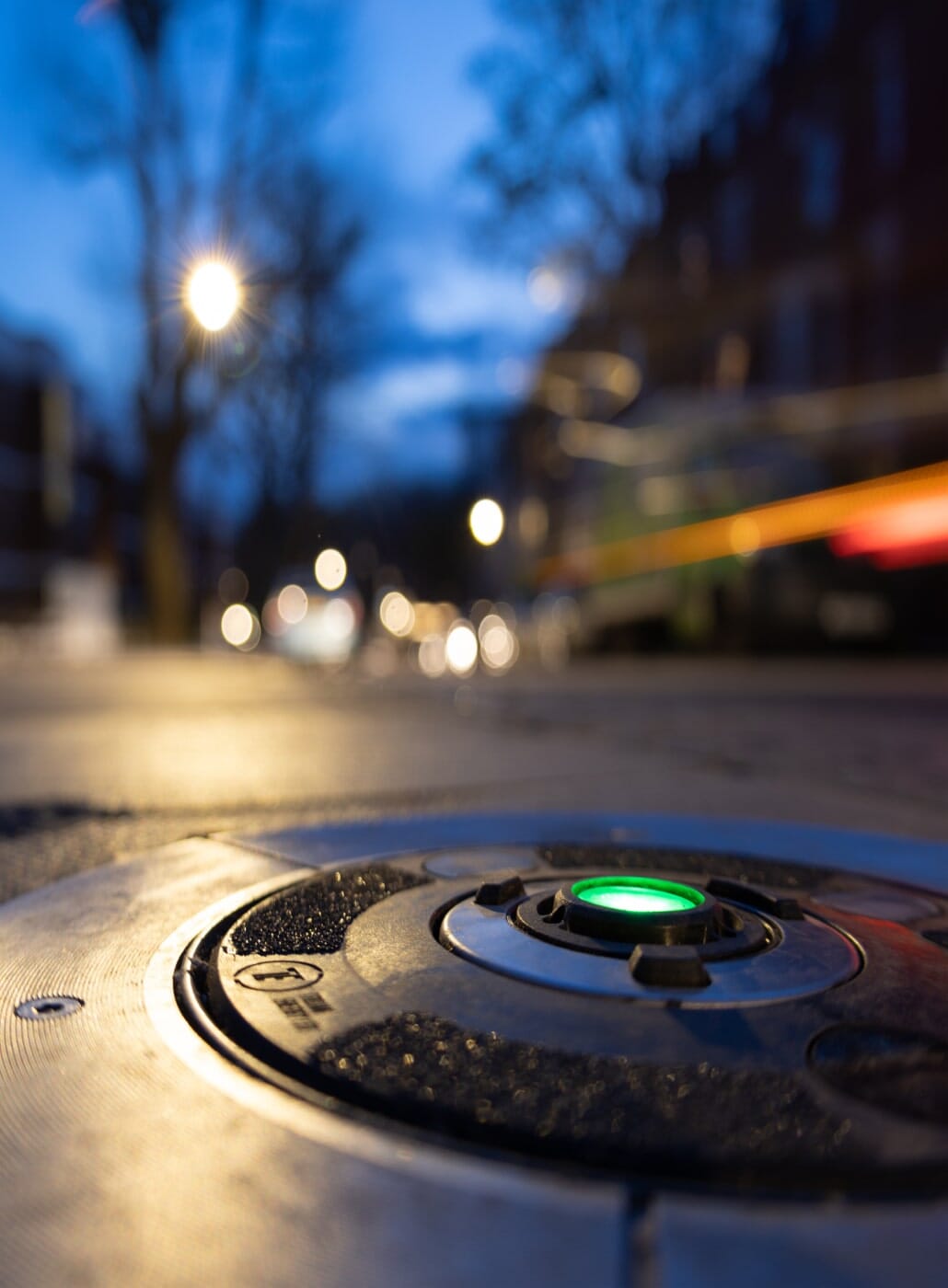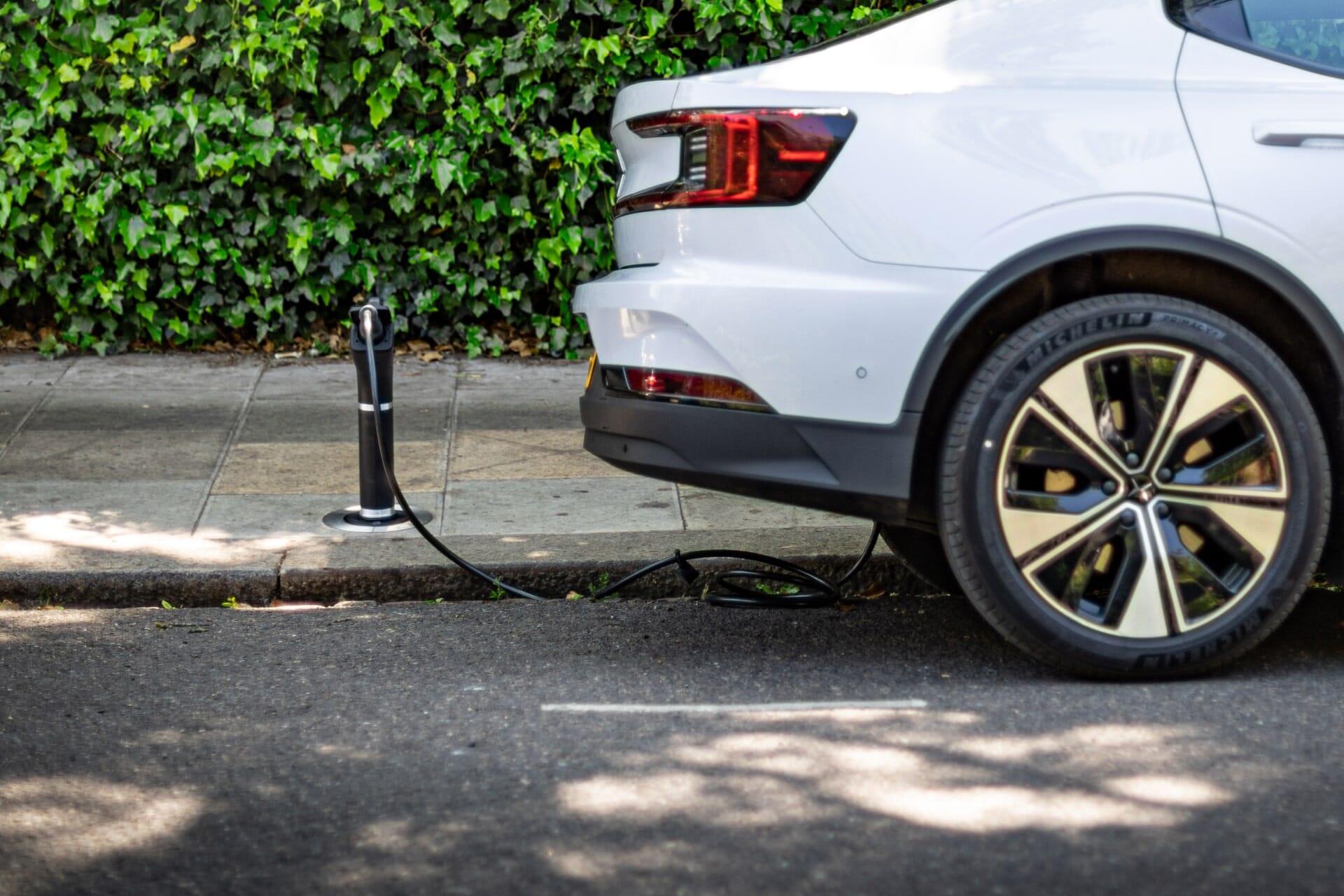On-street Residential EV Charging
FAQs
FAQs
Got a question? We’ve got the answer
If you can’t find the answer to your question here, please get in touch.
How can we help you?
Charging and Payments
-
The cost of charging with Trojan Energy depends on your local authority and the price we’ve agreed with them. Costs typically start from 45p per kWh, with some boroughs offering reduced night-time rates, such as 45p per kWh from 11:30 PM to 6:30 AM, and daytime peak rates around 55p per kWh.
If we have installed EV chargers in partnership with your council, you will find the kWh cost and the location of our chargers on the ‘EV Charger Locations’ page.
-
This depends mainly on the power supply to your vehicle – either 7kW or 22kW – and the model of your car. The table shows some examples.

-
You can easily manage your payments by adding your card details when you sign up. After each charging session, you will be invoiced automatically, ensuring a seamless experience.
-
The maximum charging rate is 22kW. The ‘real world’ charging rate will actually depend upon a number of factors, mainly your vehicle’s maximum charging rate.
With the Trojan HUB, which we install in partnership with councils, your charging rate may be affected by the number of cars connected simultaneously to the same street cabinet.
-
The adaptor is provided free of charge. Once you accept our Terms & Conditions and provide your card details for billing, the adaptor will be dispatched to you.
-
No. The Trojan hub adaptor is required to connect to our chargers. We supply an adaptor free of charge to Trojan hub customers.
General Information
-
We do not encourage the use of dedicated charging bays, instead, we have developed a solution, now available in the EV Charging by Trojan Energy app, which provides real-time parking space availability, allowing users to view or be notified when a space near a Trojan Energy charging point becomes available.
Read more about the EV Charging by Trojan Energy app by clicking here.
-
Almost certainly. Trojan Energy chargers are compatible with Type 1 and Type 2 connectors. Most new electric vehicles come with Type 2 connectors as standard for AC charging. To learn more about the different connectors available, visit Zap-Map’s charging guide.
-
We can install up to 10 chargers in a Trojan HUB. These are all connected to a ‘feeder cabinet’ and powered by the national grid.
-
A Trojan Energy charger delivers power directly to your electric car, charging its battery.
Our chargers are seamlessly embedded into the ground, sitting flat and flush with the pavement to keep your street clear. We provide you with an adaptor that connects your car to the charger. Just insert the adaptor into the charger, plug the cable into your car, and charging commences. When you’re done, simply remove the adaptor and cable.
-
The adaptor is a portable device that connects a charging cable to the charger in the pavement. It means the pavement doesn’t need additional street furniture like pillars and poles, and the adaptor can be easily stored in the house or car when not in use.
-
No. Each charging adaptor is configured with your account details. When the adaptor is connected to a Trojan hub charger, the electricity used is automatically billed to your account with us.
Infrastructure and Accessibility
-
At Trojan Energy, increasing accessibility is a core mission. We engage with organisations such as Innovate UK and Disability Rights UK to create products that are fully accessible and easy to use by everyone.
-
We design our chargers to withstand the rigours of life in the street. The charger is engineered to meet the same standards as manhole covers, so cars, vans and even trucks can drive over the charger without damaging it.
-
No. Trojan Energy chargers illuminate to indicate a charging session in progress, but the lighting level is well below that of light pollution.
-
No. We work closely with electricity network operators to offer the most reliable operation for all users. This can include reducing the load to chargers during periods of peak demand.
-
We always install chargers as close as possible to the kerbside edge of the pavement. This generally means around 400mm from the edge, but local authorities have their own rules so there can be some variation.
-
Our chargers are installed flat and flush in the pavement, with the technology and cables hidden underground. This means that no permanent street furniture at the pavement edge is required. The charger is only noticeable when a adaptor is connected for a charging session.

Resources
-
Please familiarise yourself with the charging process before attempting to charge your EV
-
Please familiarise yourself with the charging process before attempting to charge your EV
Safety and Reliability
-
Yes. The team at Trojan Energy have many years of sub-sea engineering experience, and we pride ourselves on the safety of our system. We’re compliant with all relevant safety standards and we conduct extensive testing on all our equipment.
-
We appreciate that any infrastructure in a public place has the potential to affect people, and we take our obligation to minimise any negative impact very seriously.
- All charge points require planning consent and are installed in consultation with Local Authorities and in strict adherence to their requirements.
- We worked closely with Disability Rights UK to understand and respect the shared use of pavements. Our chargers were designed from the ground up to minimise hazards to pedestrians and to preserve the streetscape.
- There is no requirement for permanent street furniture with our products. When not in use, our ‘flat and flush’ charge points are essentially invisible and pose no obstacle or hazard.
- We install charge points as close to the edge of the pavement as permitted by Local Authority regulations. People tend not to walk along the kerb, so this minimises the risk of a charger being an obstacle or trip hazard when in use.
- We provide all customers with guidance and safety information regarding the correct use of our products. This helps to encourage good charging etiquette and respect for others. For example, when charging, the surplus cable should be coiled on the road beside or under the car, not on the pavement.
Trojan Energy’s charging system has been designed with safety and accessibility at its core. When not in use, the charge points sit completely flat and flush with the pavement, removing any trip hazards and keeping walkways fully accessible. When in operation, visibility is enhanced through multiple lighting features: a light on the charging socket illuminates, including the full circumference of the charging adaptor handle, along with a built-in light on the car’s charging socket. These visual cues ensure the system is easy to see and navigate, even in low light, supporting safe and intuitive use for all pedestrians.
-
The Trojan Energy charger is extremely robust and designed to operate in all conditions. Multiple layers of protection shield the live elements, and any substances which find their way into the underground structure are diverted into a chamber for safe disposal.
-
No. The charging cable and adaptor lock in place when you start your charging session. The only way to remove them is by unlocking your car.
"*" indicates required fields

